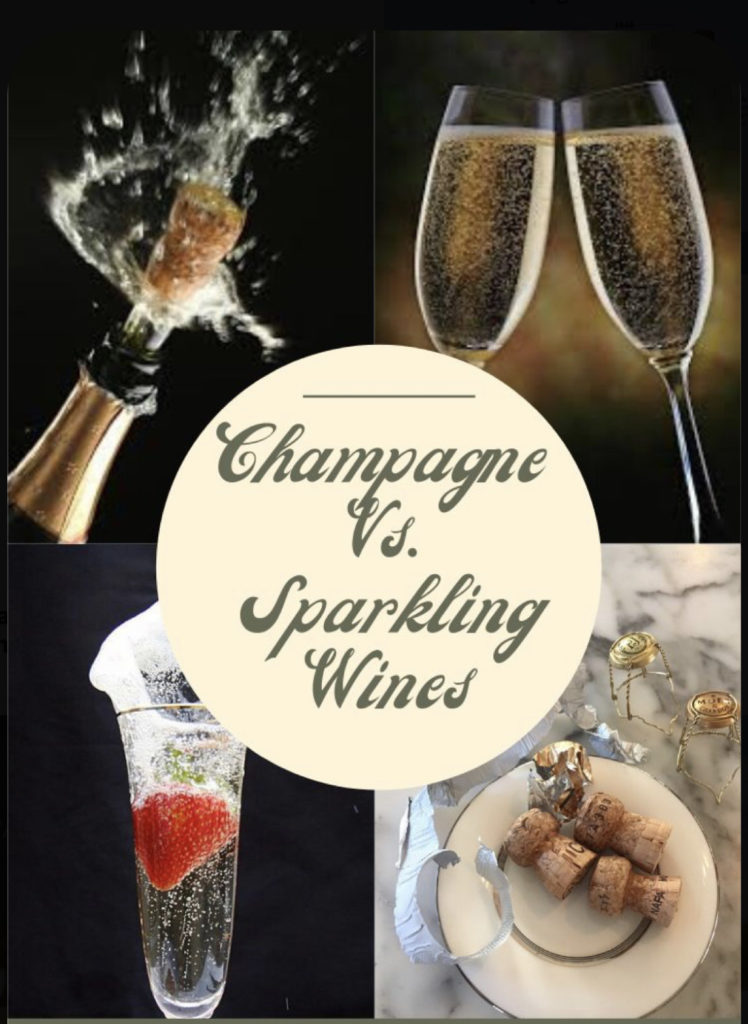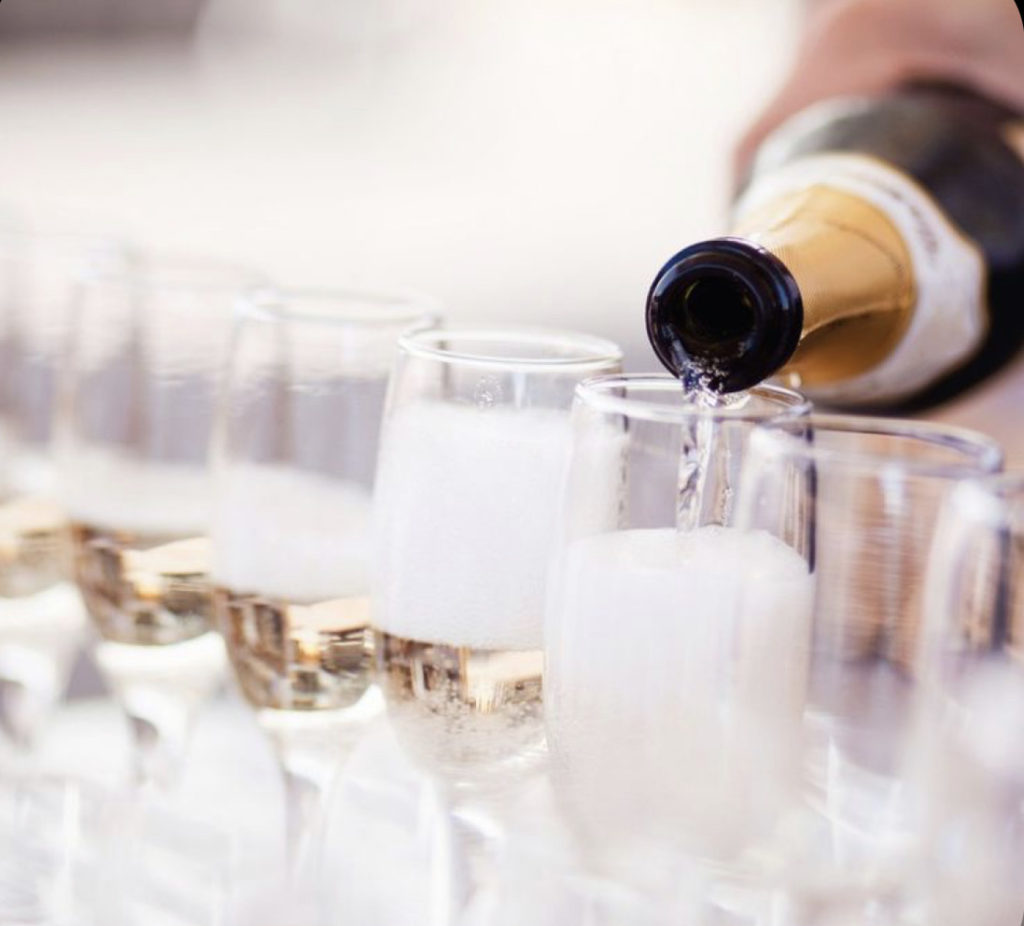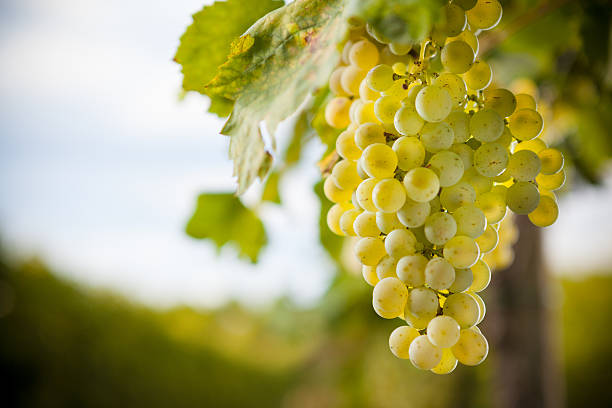All Champagne is sparkling wine, but not all sparkling wine is Champagne

Champagne VS Sparkling Wines
Don’t get carried away with the bubbles, although both champagne and sparkling wine possess a refreshing fizziness and a similar trademark which is the “pop-effect” when uncorked. There are a few main reasons why the two labels display different names, and sticking with us through this post will be helpful in decoding the differences between these two bubbly beverages, so you’ll be more informed the next time you pop that bottle and click glasses.
What is Sparkling Wine?

Many people refer to sparkling wine as Champagne. But however, this term is exclusively reserved only for the sparkling wines made in the Champagne region of France. Sparkling wine is any carbonated wine, which includes carbonated wines made from a variety of grapes and they can be of different colors but they all use carbon dioxide to create their iconic bubbly effect. This generic term, “sparkling wine” encompasses the more specific sub-category of champagne. The fizz and bubbles occur from the natural fermentation process when sugar is added to the yeast, and it reacts with the sugar to create carbon dioxide which is then trapped and bottled for your enjoyment. Types of Sparkling Wines that aren’t Champagne includes; Prosecco · Cava · Sparkling Rosé · Sekt · Crémant · Trentodoc. And if you don’t like too many bubbles in your glass, you can try the Semi-sparkling Wine, or Red sparkling wine type.
How Sparkling Wine is Made

Modern sparkling wines are not made by accident, the process is one that has been well established and is designed to create consistent tasting every time. Every sparkling wine must go through two fermentation processes, It’s the second fermentation process that produces the bubbles and differentiates them from one another.
Traditional (Classic) Method – This method requires the second fermentation to take place in the bottle, where sugar and yeasts are added. This process is more complex and requires the winemaker to handle the bottles many times. Same method is used to create champagne and it produces smaller bubbles. These smaller bubbles are more persistent through the wine.
Tank (Charmat) Method – In this method, the second fermentation stage occurs in a large steel tank. This produces larger bubbles, which are found in Prosecco. This process is faster, less expensive, and produces a fruitier flavor than the traditional method.
All process is similar to the production of still wines, but however, there are a few notable differences such as:
- Grapes are harvested earlier to achieve higher acidity levels.
- Grapes are usually harvested by hand to reduce the tannin levels and other phenolic components that wines have.
- The press house is usually close to the vineyard, so grapes can be separated from their skins as fast as possible.
What is champagne

Champagne is named after the region where it is grown, fermented, and bottled. Nestled in the country’s northeastern corner, near Paris, the only labels that are legally allowed to bare the name “Champagne” are bottled within 100 miles of this region (according to European Law). Outside of the Champagne region, French sparkling wine is known as Crémant. In addition to location, Champagne also receives its distinguished name because of the grapes used to produce it and the distinct flavors that result from grapes grown in Champagne’s cooler climate and chalky, mineral-rich soils. Only a handful of grapes across Champagne are allowed to be used for its base or “cuvée” (a blend of the first and most concentrated extraction of juices from pressed grapes). Grapes allowed in Champagne production are: Pinot Noir, Pinot Meunier, Chardonnay, Pinot Blanc, Pinot Gris, Petit Meslier, Arbane.
Champagne Making Practices
The process in which Champagne is made is called Méthode Traditionnelle, formerly known as the Méthode Champenoise, which is also referred to as “The Classic Method”. In a nutshell, Champagne gets its sparkle from a second fermentation that takes place in the bottle, but the entire process is very technical and labor intensive: From dictating how one may grow the grapes to how they may be harvested and processed, the rigorous standards distinguish Champagne. For instance, all grapes that are used in Champagne must be hand picked and pressed in a covered environment. They may only be pressed twice, once to make the ultra concentrated cuvée (which is high in sugar and acid) and the second time to make the taille (sugary, lower in acid, and higher in minerals and pigment). A Champagne may be classified as vintage or non-vintage—respectively—when wines are made with grapes of one year’s harvest or a mix of grapes from different years.
What is a celebration without a little bubbly? It has become the quintessential beverage for many occasions, from birthdays to anniversaries to weddings and promotions. Get more familiar with your sparkling wines on www.Drinksdirect.NG . You also don’t need a reason to enjoy a good bottle of sparkling wine, you just need some knowledge on how to select it and serve it.
socials
We’ll love to hear your opinion and ideas on the subject and also entertain questions/inquiries, kindly share your thoughts on the comment section below. Also tag and follow us across our social media platforms.
Instagram; https://www.instagram.com/drinksdirectng/
WhatsApp; https://wa.link/o6vdt8
Facebook; https://www.facebook.com/drinksdirectng
Twitter; https://www.twitter.com/drinksdirectng
Source; Winecountry.com
